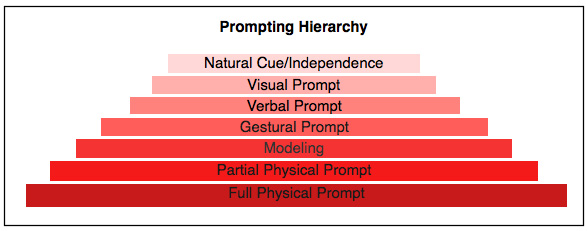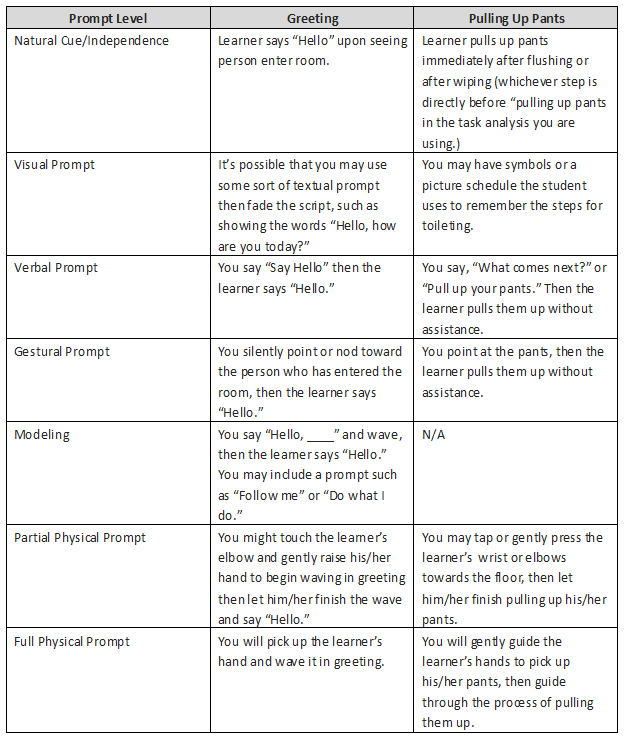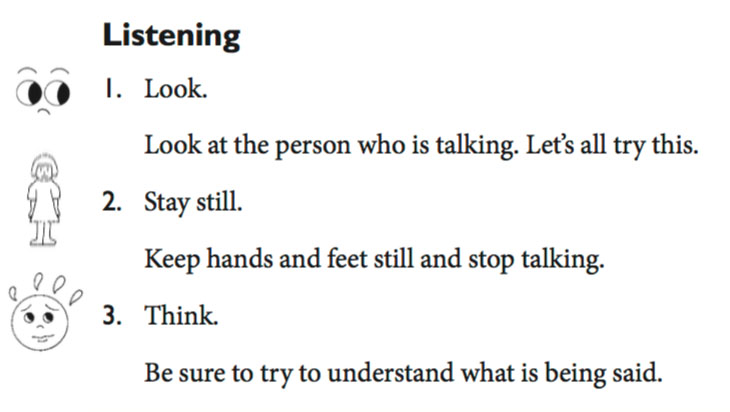There are tons of articles and lists about the best apps for kids with autism. However, you may be missing out on one of the best possible uses of smartphones and tablets for improving services for your learner: the camera app that is already built into the device.
A wealth of research has shown the efficacy of using video modeling to teach children and adults with autism, to train staff on how to implement programs and procedures, and to train parents on interventions. Smartphones and tablets make creating such videos much easier than it was in the past. Here’s why you should be using smartphones and tablets for video modeling for autism, as well as a few things to consider:
- Be sure you have named the steps of the procedure or program you are modeling. It may be helpful to have those steps written down for the person using the video model.
- If you are a teacher or practitioner recording your learner, be sure you have consent from the individual’s guardian(s). Also, check in about any recording policies at your school or center.
- If you are a parent struggling to implement an intervention, request that the teacher or practitioner create a video model. It’s helpful to see someone else doing and to be able to refer back to that video as necessary.
- If you are taking video of your learner for the first time, you may want to set up the tablet or smartphone without taking video for a few sessions before you actually create the video model. This will help avoid problems with the learner changing his or her behavior because a new (and often desirable) object is in the environment.
- Consult the literature! As I mentioned before, there is a huge amount of research on video modeling. In recent years, it has been used to teach children with autism to make requests (Plavnick & Ferreri, 2011), increase treatment integrity for teachers implementing interventions (DiGennaro-Reed, Codding, Catania, & Maguire, 2010), teach children how to engage in pretend play (MacDonald, Sacramone, Mansfield, Wiltz, & Ahearn, 2009), increase social initiations of children with autism (Nikopoulos & Keenan, 2004), and more.
With the easy-to-use technology at our fingertips every day, video modeling is a simple and efficient way to demonstrate a new skill. This basic use of smartphones and tablets should not be overlooked because it can have a huge impact on teaching learners with autism new skills or helping parents and staff implement stronger programs and interventions.
References
DiGennaro-Reed, F. D., Codding, R., Catania, C. N., & Maguire, H. (2010). Effects of video modeling on treatment integrity of behavioral interventions. Journal of Applied Behavior Analysis, 43(2), 291–295.
MacDonald, R., Sacramone, S,. Mansfield, R., Witz, K., & Ahearn, W.H. (2009). Using video modeling to teach reciprocal pretend play to children with autism. Journal of Applied Behavior Analysis, 42(1), 43–55.
Nikopoulous, C.K. & Keenan, M. (2004). Effects of video modeling on social initiations by children with autism. Journal of Applied Behavior Analysis, 37(1), 93–96.
Plavnick, J. B., & Ferreri, S. J. (2011). Establishing verbal repertoires in children with autism using function-based video modeling. Journal of Applied Behavior Analysis, 44(4), 747–766.
WRITTEN BY SAM BLANCO, MSED, BCBA
Sam is an ABA provider for students ages 3-12 in NYC. Working in education for ten years with students with Autism Spectrum Disorders and other developmental delays, Sam has developed strategies for achieving a multitude of academic, behavior, and social goals. Sam is currently pursuing her PhD in Applied Behavior Analysis at Endicott College.

 When I look back on my own childhood, I think of several behaviors I exhibited: in third grade I cut my own hair while my teacher’s back was turned, in fourth grade I got mad at my brother and threw an alarm clock at him, and in seventh grade I loved Agatha Christie books so much that I frequently refused to go outside and sat in my room reading by myself for hours on end. If I had autism, any one of these behaviors may have been pathologized instead of being considered as just a part of growing up.
When I look back on my own childhood, I think of several behaviors I exhibited: in third grade I cut my own hair while my teacher’s back was turned, in fourth grade I got mad at my brother and threw an alarm clock at him, and in seventh grade I loved Agatha Christie books so much that I frequently refused to go outside and sat in my room reading by myself for hours on end. If I had autism, any one of these behaviors may have been pathologized instead of being considered as just a part of growing up. Time-out is often a hotly-debated topic. Is it too punishing? Where should it take place? How long should it last? There are not easy answers to many of these questions. But there are some evidence-based suggestions that may improve a time out procedure should you decide to use one.
Time-out is often a hotly-debated topic. Is it too punishing? Where should it take place? How long should it last? There are not easy answers to many of these questions. But there are some evidence-based suggestions that may improve a time out procedure should you decide to use one. If I were to ask you right now, what types of activities does your learner like to do, and what types of activities is your learner resistant to, you’d probably be able to respond pretty quickly to both questions. For instance, you might say, my son loves to practice addition facts, but he is resistant to working on spelling homework. Or you might say, my student enjoys passing out papers in class, but is resistant to lining up with the rest of the class when it’s time to go to lunch.
If I were to ask you right now, what types of activities does your learner like to do, and what types of activities is your learner resistant to, you’d probably be able to respond pretty quickly to both questions. For instance, you might say, my son loves to practice addition facts, but he is resistant to working on spelling homework. Or you might say, my student enjoys passing out papers in class, but is resistant to lining up with the rest of the class when it’s time to go to lunch.




 A major tenet of Applied Behavior Analysis is that it is evidence-based. For decades, our field has conducted research about behaviors we can observe in the environment, and worked to create positive behavior change. But keeping up with research or determining what is actually evidence-based can be quite challenging.
A major tenet of Applied Behavior Analysis is that it is evidence-based. For decades, our field has conducted research about behaviors we can observe in the environment, and worked to create positive behavior change. But keeping up with research or determining what is actually evidence-based can be quite challenging.